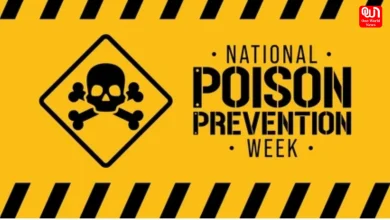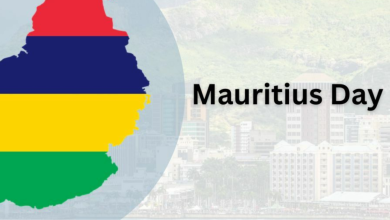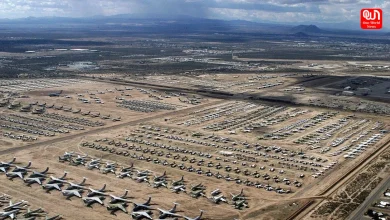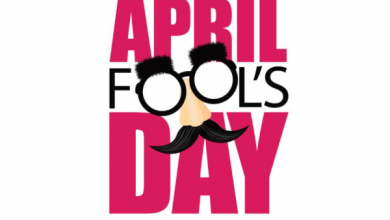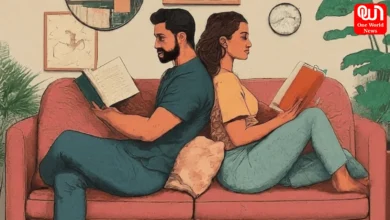A year into the pandemic and 32 million middle class have declined to below the poverty line in India: PEW Report
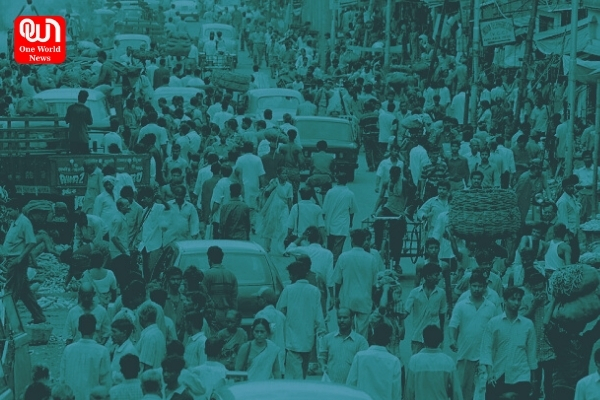
Participation in employment programs is setting record highs in its 14-year history.
According to a new Pew Report Center analysis, the middle class in India is estimated to have shrunk by 32 million (3.2 crores) in 2020 as a consequence of the downturn during the pandemic. The middle-income tier is defined here as people with incomes of $10 to $20 or approximately ₹700-1,500 a day. Meanwhile, the number of people who are poor in India, with incomes of $2 or less a day or INR 27,000 per annum, is estimated to have increased by 75 million (7.5 crores) because of the COVID-19 recession.
In January 2020, the World Bank pointed to a 5.8% growth in the real gross domestic product (GDP) in India. In January 2021, nearly one year into the pandemic, the World Bank revised these growth estimates downward to -9.6%. Perhaps not surprisingly, media reports from India point to a spike in participation in its rural employment program like MGNREGA that is originally intended to combat poverty in agricultural areas. This shows that many have lost jobs in the reeling economy. The number now participating in these employment programmes is setting record highs in the program’s 14-year history.
Read more: A year down with covid-19 and India has witnessed it all
The complexity of India’s middle class: Current Scenario
As a matter of fact, 600 million people, or more than half of India’s population, belong to the middle class. But what is important to notice is that this is not a middle class that entirely conveys a lifestyle associated with cars, washing machines, computers and credit cards.
The population in each country is divided into five groups: poor, low income, middle income, upper-middle income and high income. The poor live on $2 or less daily, low income on $2.01-$10, middle income on $10.01-$20, upper-middle-income on $20.01-$50 and high income on more than $50. A large number of the lower middle class are engaged in jobs like farming and construction that the poor have traditionally done. Now they make up more than two-thirds of the middle class.
“The composition and character of the new Indian middle class are indeed unique because it now has people who are typically not considered to be belonging to the middle class,” says economist Ms Krishnan in an interview with PEW. These include construction workers, people from disadvantaged caste groups and people working in the unorganised sector. We need to understand that the conventional idea of the middle class or the educated, upper-caste groups does not hold true anymore.

Before the pandemic, it was expected that 99 million people in India would belong in the global middle class in 2020. A year into the pandemic, this number is estimated to have been 66 million, cut by a third. On the other hand, the number of poor is projected to have reached 134 million, more than double the 59 million expected before the recession.
The lockdown has resulted in shut businesses, falling incomes and loss of jobs. During this one year with the coronavirus pandemic, the government came up with a lot of schemes to support the people in the BPL category, in the form of cooked food, ration or financial aid. But the ones who left out amidst all these are the lower middle class, thus making their way amongst the worst hit during the period. This includes teachers in unaided private schools, office assistants, salesperson, data entry operators, beauticians, receptionists, among others, who fall in the ₹5,000 to ₹15,000 monthly income group. As a result, an overwhelming majority of the lower middle class are left high and dry. The contrast in how living standards evolved in India amid the pandemic was starker in the context of where it stood before the pandemic, the PEW report noted.
Anirudh Krishna, a professor of public policy and political science at US’s Duke University, believes the latest findings show a considerable expansion of the middle class only because it has included a vast number of the near-poor and still-vulnerable people. Hence, the new middle class is vulnerable to falling back into poverty during an economic shock. In other words, if we calculate India’s middle class by setting 10$ per person a day as its lower threshold, then less than 2% of Indians actually have the status. But if you set the lower income threshold at $2 per person per day, then the middle-class count would increase to include maids and drivers, security guards and construction workers, indeed almost anyone who is gainfully employed. The government certainly has to take heed of this lot earning between 2$ to 10$.
Freedom from vulnerability and a real chance of upward mobility are what truly define middle-class existence. That’s why people who are not in it aspire to be in the middle class. There’s an aspirational element that actually defines the middle-class.
Unemployment among the middle-class
Unemployment figures are also highest among the middle class specifically those who are engaged in salaried jobs primarily in urban and semi-urban regions. A report recently highlighted that more than 1.8 crore salaried jobs, almost 22 per cent, were lost due to the ongoing economic crisis.
A report by the Centre for Monitoring Indian Economy 2020 said, “Salaried jobs have taken the biggest sustained hit in the current Covid-19 induced lockdown.” India with a gross national income of $2,020 or Rs 1,38,087 is among the low-income group economies. Moreover, according to the World Bank, amongst all the BRICS countries India is the only country in the lower-middle-income group.
Will India be able to recover?
Survey work by CMIE has found that all Indians suffered a significant loss in income growth during the lockdown months of April-June 2020. The middle class is amongst the worst hit, however, things turned better for India’s elites. Half of the households that earned more than Rs 36 lakh per year reported income increase, according to the report. But, even for them, the lockdown did hurt, even if it didn’t hurt as much as for other Indians.
With outsized representation in powerful segments of society like the media and the bureaucracy, it is rare for India’s middle classes to be at the receiving end of government policies. Therefore the government must have to come up with policy measures to support this section, particularly the ones with income between 2$ to 10$, of the population to support them to resurrect back again.
Have a news story, an interesting write-up or simply a suggestion? Write to us at info@oneworldnews.com


